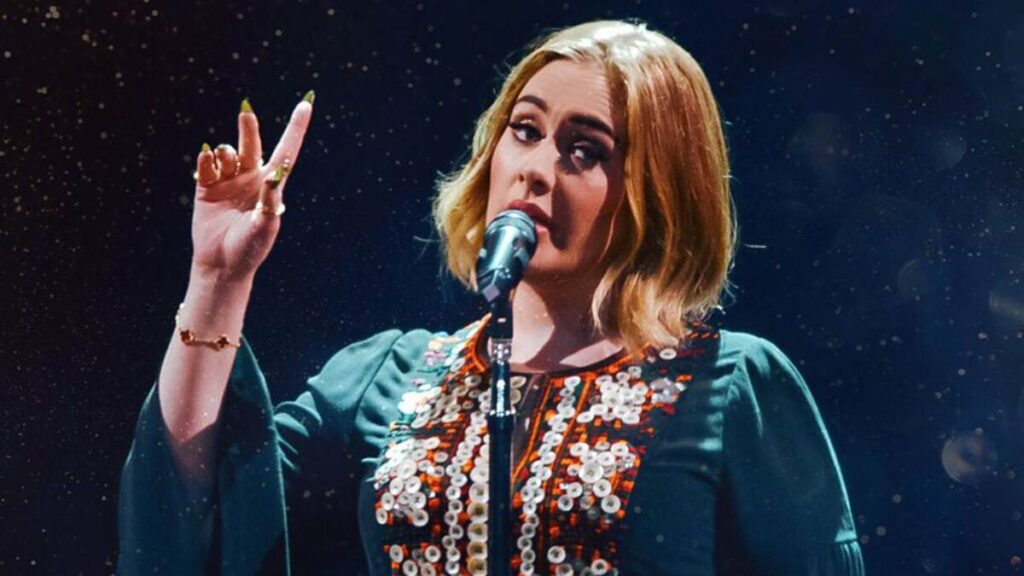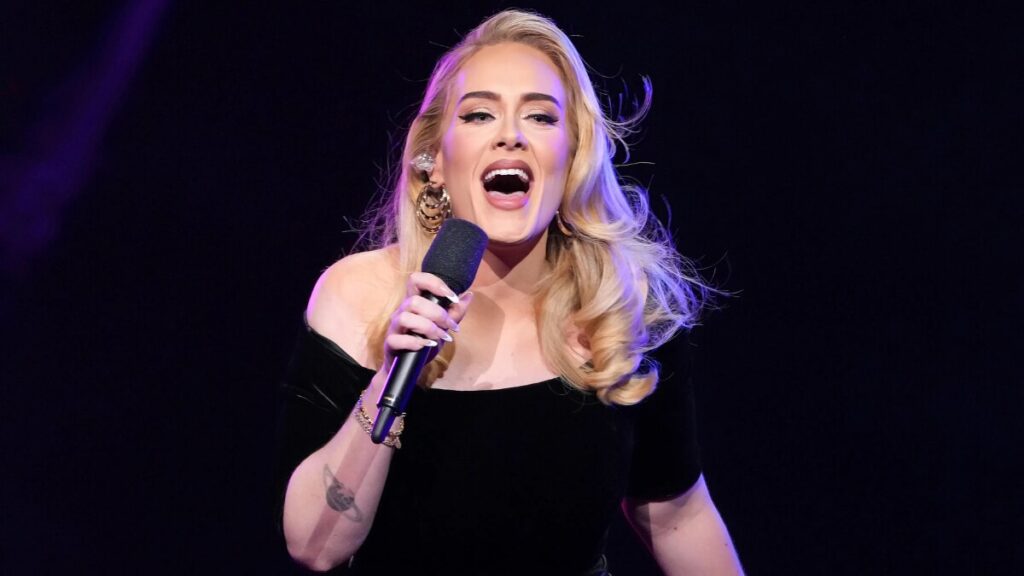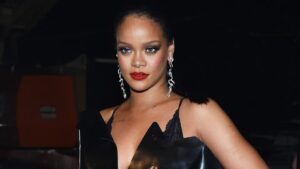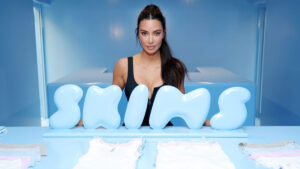When Adele sings, the world doesn’t just listen—it stops, feels, and buys. In a music industry obsessed with algorithms, saturation, and celebrity side hustles, Adele stands apart. No beauty brand. No activewear line. No daily TikToks or flashy endorsements. Just four albums over nearly two decades—each one seismic.
Yet somehow, she earns like a mogul.
This isn’t just a story about how much Adele is worth. It’s a deeper look at why her earnings defy industry norms. How does someone with such a minimal media footprint generate the kind of income that rivals pop stars with sprawling business empires? The answer lies in a rare mix of creative control, impeccable timing, and something harder to quantify: trust. Adele doesn’t need to sell us anything but the truth in her voice—and that authenticity has built a fortune all its own.
Platinum Records & Power Plays — The Real Numbers Behind Adele’s Album Sales
From “19” to “30” — Chart-Toppers That Print Cash
Each Adele album arrives like a global event, not just a release. “19” introduced a smoky-voiced soul singer with songwriting chops well beyond her years. “21” was a cultural juggernaut—one of the best-selling albums of the 21st century—anchored by breakup anthems that made heartbreak a shared experience.
By the time “25” dropped, its lead single “Hello” shattered YouTube records and redefined what a comeback could look like. Then came “30,” a raw, intimate portrait of adulthood that topped charts in over 20 countries. With each multi-year gap, anticipation only grew. Adele didn’t chase trends—she set them. And in doing so, every album reset commercial expectations for what a voice alone could earn.
If you want a step-by-step look at her net worth evolution year by year, this timeline covers every era from 2008 to 2025.
Pure Voice, Pure Profit — How Adele Avoided Streaming Pitfalls
At a time when most artists raced to get on Spotify playlists, Adele took a different route: she held back. When “25” launched in 2015, it was famously absent from streaming services—a bold move in the age of instant access. Critics called it risky; Adele called it intentional.
The result? Historic physical and digital sales, including the biggest first-week album sales in U.S. history at the time. While her peers relied on streaming volume, Adele relied on value. Fans bought, not browsed. That choice reflected not just artistic integrity but business acumen. She controlled the timing, the narrative, and ultimately, the revenue, proving that sometimes, less visibility means more profit when demand is that strong.
High Stakes & Higher Notes — Inside Adele’s $500K-Per-Night Las Vegas Residency
The Residency That Almost Didn’t Happen
The stage was set. Fans flew from around the world to Las Vegas, tickets in hand, hotel rooms booked, anticipation at a fever pitch. Then, just 24 hours before opening night, Adele appeared on Instagram—tearful, raw, and apologetic. Her residency wasn’t ready.

The internet buzzed with backlash, but something else happened too: loyalty deepened. That video, stripped of PR polish, reminded the world why Adele resonates. She wasn’t selling perfection—she was defending the quality fans deserved. When Weekends with Adele finally launched months later, it sold out instantly and extended due to overwhelming demand. In a world of overproduced pop, her vulnerability became a financial asset. The residency didn’t collapse under pressure—it roared back stronger.
Residency by the Numbers — A Financial Breakdown
Adele’s Las Vegas residency isn’t just a concert series—it’s a masterclass in premium positioning. Earning an estimated $500,000 per night, she joins the ranks of Celine Dion and Elton John in turning the Strip into a goldmine. But unlike her peers, Adele’s approach is scarcity-driven: fewer shows, intimate venues, and sky-high demand.
While others may have played hundreds of dates, Adele’s limited run amplifies both mystique and ticket value—think Rolex, not retail. Each night at Caesars Palace reportedly brings in over $1.5 million in gross revenue, with minimal production gimmicks. The result? A lean, emotionally immersive performance model with luxury-level returns. It’s not about playing more—it’s about being worth more every time she steps on stage.
For updated figures on exact residency earnings in 2025, this breakdown offers a closer financial view of her Vegas shows.
Royalties Rolling In — The Quiet Fortune of Songwriting and Publishing Rights
While Adele’s powerhouse vocals command attention, it’s her name in the songwriting credits that quietly fuels her long-term fortune. Unlike many pop stars who rely on teams of writers, Adele co-writes nearly all of her music—a decision that turns each hit into a recurring paycheck.
Every time “Someone Like You” is streamed, played on the radio, used in a commercial, or performed publicly, Adele earns. And with “Skyfall,” her James Bond anthem, those royalties extend into the film and TV licensing world—sync deals that pay big and often. These aren’t just one-time windfalls; they’re part of a growing financial portfolio that compounds over time.
Owning your music is rare in today’s industry, where many artists sign away publishing rights early. But Adele’s retained control has made her catalog not just iconic, but income-generating for life. It’s the ultimate slow burn: earnings that build in the background, long after the final chorus fades.
Brand-Proof Earnings — Why Adele Makes Millions Without Product Lines or Sponsorships
The Anti-Influencer Icon
In an era where pop stars launch makeup lines before their second albums, Adele’s refusal to become a lifestyle brand is almost radical. No fragrance. No fashion label. No curated Instagram grid. While her peers build empires of merch and influence, Adele’s empire is built on silence between songs.

That absence has become part of the allure. She doesn’t chase trends—she lets the world wait. Her minimal public presence, paired with emotionally massive music, creates a kind of mystique money can’t buy—yet paradoxically, it makes her money. By staying out of the spotlight, Adele’s brand feels more exclusive, more valuable. In a market flooded with access, she’s proof that restraint and rarity can still command a premium.
When Scarcity Builds Value
Adele’s career operates like a luxury brand: limited releases, no oversaturation, and uncompromising quality. While artists like Rihanna expand into billion-dollar beauty lines, Adele sticks to her core product—music—and delivers it sparingly, but powerfully.
That restraint isn’t just stylistic; it’s strategic. By disappearing between albums and rarely touring or promoting, she builds anticipation that turns each release into an event. Fans trust that when she speaks—or sings—it matters. This quiet discipline reinforces her authenticity, keeping her artistry unsullied by overexposure.
In a culture driven by constant content, Adele’s refusal to flood the market isn’t a missed opportunity—it’s her edge. Like a couture drop or a rare vintage, her value only increases the longer we wait.
Outside of music, her quietly growing real estate empire is a major piece of her wealth-building strategy.
What Adele’s Money Story Reveals About Modern Fame
Writing about Adele’s financial journey made me realize something rare: she’s built a fortune by not doing what everyone else does. In a world that rewards constant visibility, Adele thrives in absence. She doesn’t monetize every moment—and yet, every moment she does share feels monumental.
There’s something bold in that restraint. It signals a confidence most celebrities don’t seem to have anymore: the belief that your work can speak for itself. Her career reminds me that fame doesn’t have to mean selling out, scaling up, or branding every breath.
Maybe what Adele has really mastered isn’t just music or money—but the lost art of knowing when to be quiet, and why that silence can be worth millions.
To see how Adele’s focused model compares to Taylor Swift’s business empire, this side-by-side analysis is a must-read.
Adele’s Empire Isn’t Loud — But It’s Lucrative
Adele’s fortune didn’t happen by accident—it’s the result of a carefully orchestrated career, much like her music: deliberate, soulful, and built to last. She’s proof that you don’t need to be everywhere to be everything to your audience. With no side hustles and minimal promotion, she’s crafted a legacy that’s both emotionally resonant and financially rock-solid.
In an industry obsessed with more, Adele’s brilliance lies in knowing when to say less—and still command the world’s attention, and its dollars, when she finally speaks.
To zoom out and explore Adele’s full financial profile and long-term strategy, this deep-dive unpacks the empire behind her $220 million fortune.
Mohit is a finance and entertainment writer specializing in celebrity wealth, brand strategy, and media empires. As Co-Founder of TheNetWorths.com, he brings over a decade of experience analyzing public income streams, endorsement deals, and the evolving creator economy.




















4 thoughts on “How Adele Makes Her Money: Album Sales, Las Vegas Residency & Royalties”